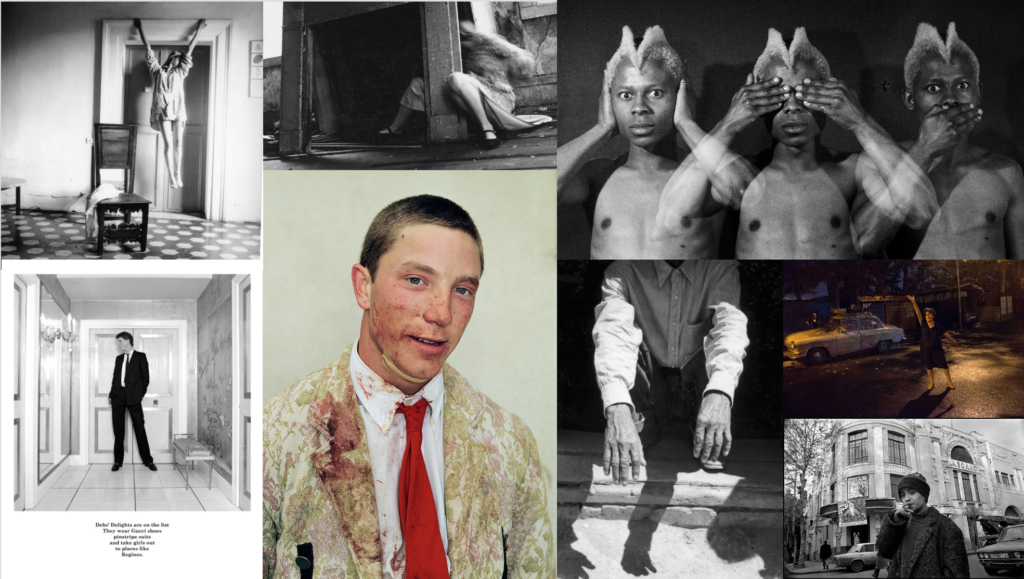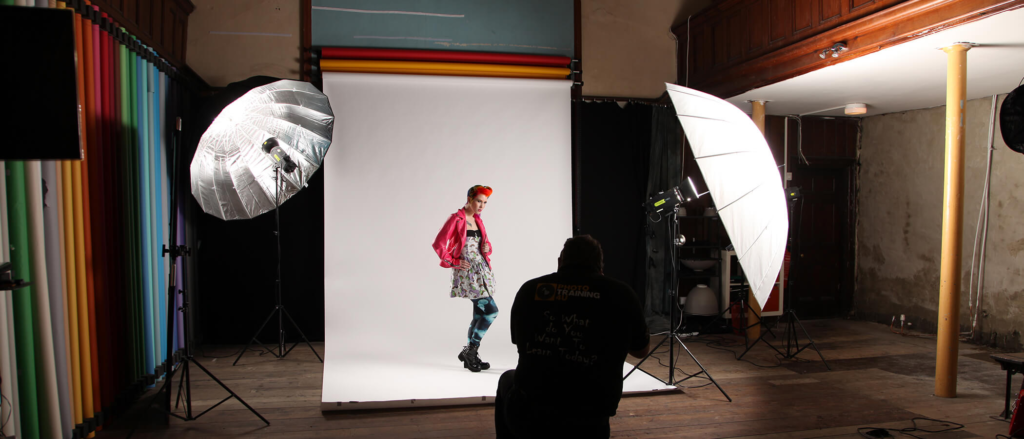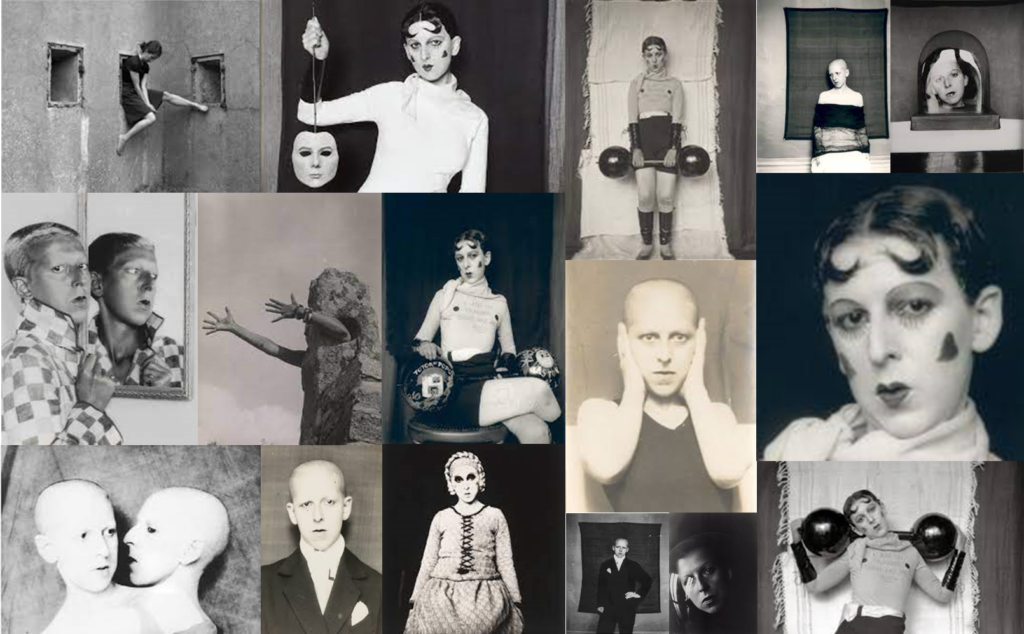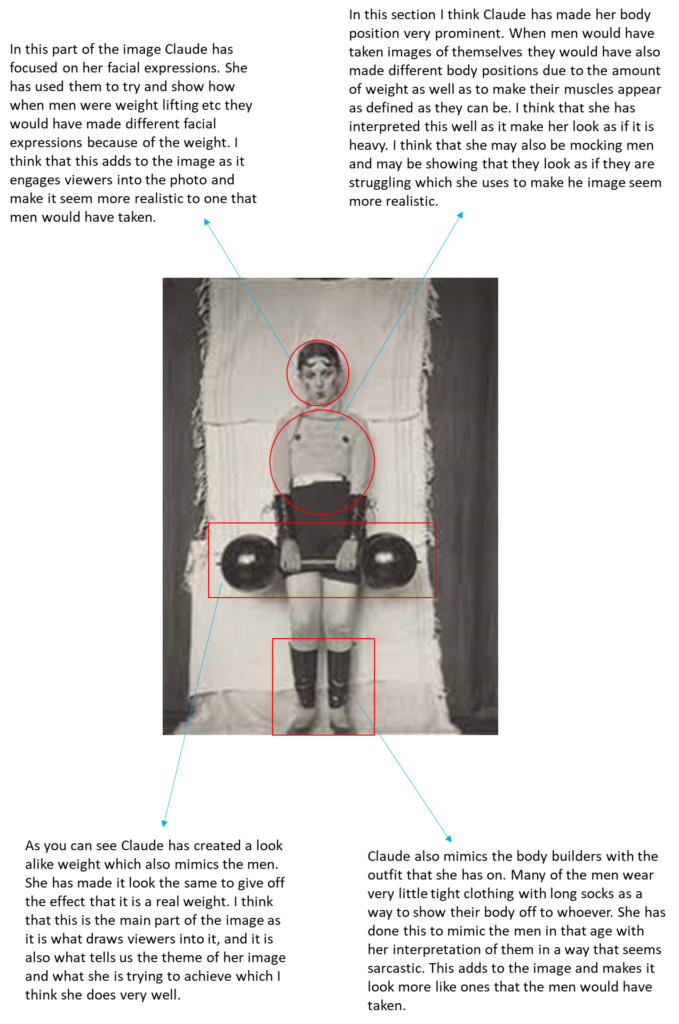Here are some images that will inspire me in my attempts to create work that fits the ‘Identity’ brief.


Here are some images that will inspire me in my attempts to create work that fits the ‘Identity’ brief.



For my self-portraiture project, I plan to shoot in the school’s studio primarily so that I can get the best possible lighting, and so that I can achieve a cleaner, hospital-like setting for the images I want to take for one of my pieces that I’ve planned. Using the studio, I can also get shots of myself wearing my motorcycle gear for that same piece, which could save me time in finding the right space to do it outside of school.

In addition, I would like to get a large variety of different shots of myself in my bedroom, to provide insight on how I live, who I am and what I do outside of school. As my bedroom window faces to the west, I may try to get a shoot done during the golden hour to achieve softer, warmer tones across my images. I could also use my key light, or the different coloured lights in my room to create different effects and to emphasise some of these hues for a more visually appealing piece.
I will be using my own camera and telephoto lens for these shoots, and most likely a tripod to set them up. On my camera, the settings shouldn’t be too different from normal – on manual and adjusted to the environment I shoot in (should be a relatively bright environment) – and I don’t think I have anything in particular I want to experiment with for this.
Claude Cahun was a French surrealist photographer, sculptor, and writer. Cahun is best known as a writer and self-portraitist, who assumed a variety of performative personae. She was born on the 25th of October, 1894 in Nantes, France and sadly passed away on the 8th of December, 1954 in St. Helier, Jersey.
Claude Cahun’s brith name was Lucy Schwob, however she became Claude Cahun in 1914. In 1937, she moved to Jersey with her partner and stepsister Marcel Moore (aka Suzanne Malherbe) since it was a place they often visited during their childhood.
A few years after, she became an activist due to the German Occupation that occurred in Jersey from 1940- 1945, resisting against the Nazis. For example, Cahun and her partner created the persona of ‘Der Soldat Ohne Namen’ (‘The Soldier Without a Name’) cast as a mysterious German soldier intent on inspiring rebellion from within the army by pointing out the idiocy of war and ridiculing the actions of the German commanders. These words of resistance were written onto sheets of tissue paper and either posted through the windows of German staff cars, or left in cigarette packets in the hope that someone would pick them up looking for an increasingly scarce smoke.

They were both imprisoned and sentenced to death for listening to the BBC in 1944, however she managed to survive the prison and die in a much more peaceful way due to health issues in 1954, Moore committing suicide in in 1972.
During her life, she wasn’t known as an artist and it was not until the late 1980s where her work was discovered by the jersey heritage and is kept by the organisation to this day.
“Under this mask, another mask. I will never be finished removing all these faces.”
– Claude Cahun

Throughout her life, Cahun challenged the stereotypes surrounding the ideas of masculinity and femininity, shaving her head and dressing in male attire to defy the traditional ideology about femininity and beauty in women. One of the main ways she portrayed her ambiguity was by choosing the name Claude, that in French could refer to either a man or a woman. She took the last name from her grandmother Mathilda Cahun. In some photos she portrayed herself as a woman, in some a man, and in other a bit of both. Even decades after her death she remains a famous artist and influencer that is followed by art historians, feminists and people in the lesbian, gay, bisexual, transgender and queer community.
“It depends on the situation. Neuter is the only gender that always suits me”
– Claude Cahun from her book ‘Aveux non Avenus’ or in English ‘Disavowals’






A mixture of presenting herself both as masculine and feminine, breaking gender stereotypes and opposing traditional views of femininity/ masculinity.
who was she:
Cahun was a French realist photographer, sculptor and writer. She attended a private school in surrey and then university in Paris. In 1912 she began making self portraits and continued throughout the 1930’s. She lived in Jersey with her partner and step sister for many years, which is why the Jersey heritage trust collection have made the effort to keep and protect her work. She unfortunately was sentenced to death in 1944 for some of her activities during the occupation, yet she managed to survive and until the 1980’s she was forgotten about. Much of her and he partners work was destroyed by by the Nazis who entered their home. Claude died due to ill health in 1954 and her partner then ender her life in 1972. Many found Claude to be a inspirational photographer and felt that her image were very powerful with meaningful messages.
I like the style of her images as I think that they portray a strong message that you don’t necessarily only have characteristic of only femininity or masculinity but you can have some of both. I also like how they are in black and white as I think it gives the images more definition and depth, as well as it defined the details. I am inspired by her to take some images like this myself as I think I could put my own twist on them to make them engaging.
mood board:

image analysis:
